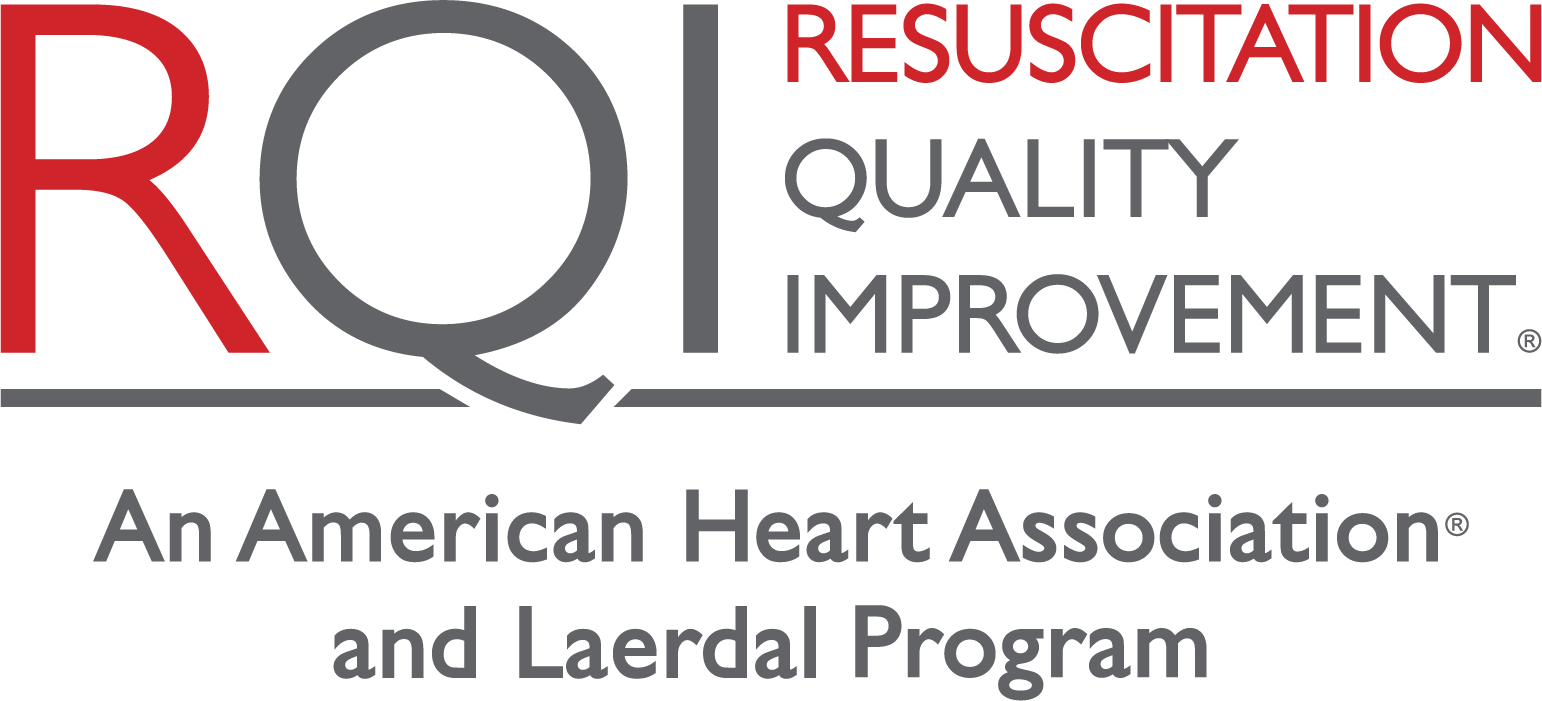Study demonstrates that skills stations providing feedback are a feasible tool for required frequent retraining and retraining when compared to instructor-led formats. CPR skills performance for hospital nurses using a ...
Study demonstrates that real-time feedback devices with auditory and visual components help physicians and nurses in improving the quality of chest compressions.
Study demonstrates that a structured training program with deliberate practice (frequent and structured practice to improve performance) using real-time feedback improves the acquisition of CPR skills and the retention of ...
Achieving optimal outcomes, including survival, from out-of-hospital cardiac arrest (OHCA) is dependent on the timeliness of pre-hospital interventions and the quality of how these interventions are implemented. The implementation of ...
The resuscitation quality improvement model made its debut in 2015, unsettling the CPR culture of a one-time, massed training event that occurs every 2 years. The rationale, design, and urgency ...
Evidence has shown that skills and knowledge in CPR begin to decay in months following courses such as Pediatric Advanced Life Support. Due to CPR events being infrequent in pediatric ...
The advantage of spaced practice on retention of CPR skills is well documented in literature due to the decay of knowledge and skill within weeks to months post training. This ...
Inadequate education, such as CPR training once every 2 years, can lead to poor-quality CPR and ultimately low survival rates following an IHCA. Research has shown that frequent skill refresher ...
The resuscitation quality improvement model is built upon a longitudinal design of high-stakes assessments to validate a learner’s ability to demonstrate both knowledge and skill. Meaning, learners are continually assessed ...
If CPR can be started within 1 minute of cardiac arrest, survival can be as high as 80%. Because of this, the training and quality improvement of dispatched-assisted telephone CPR ...
